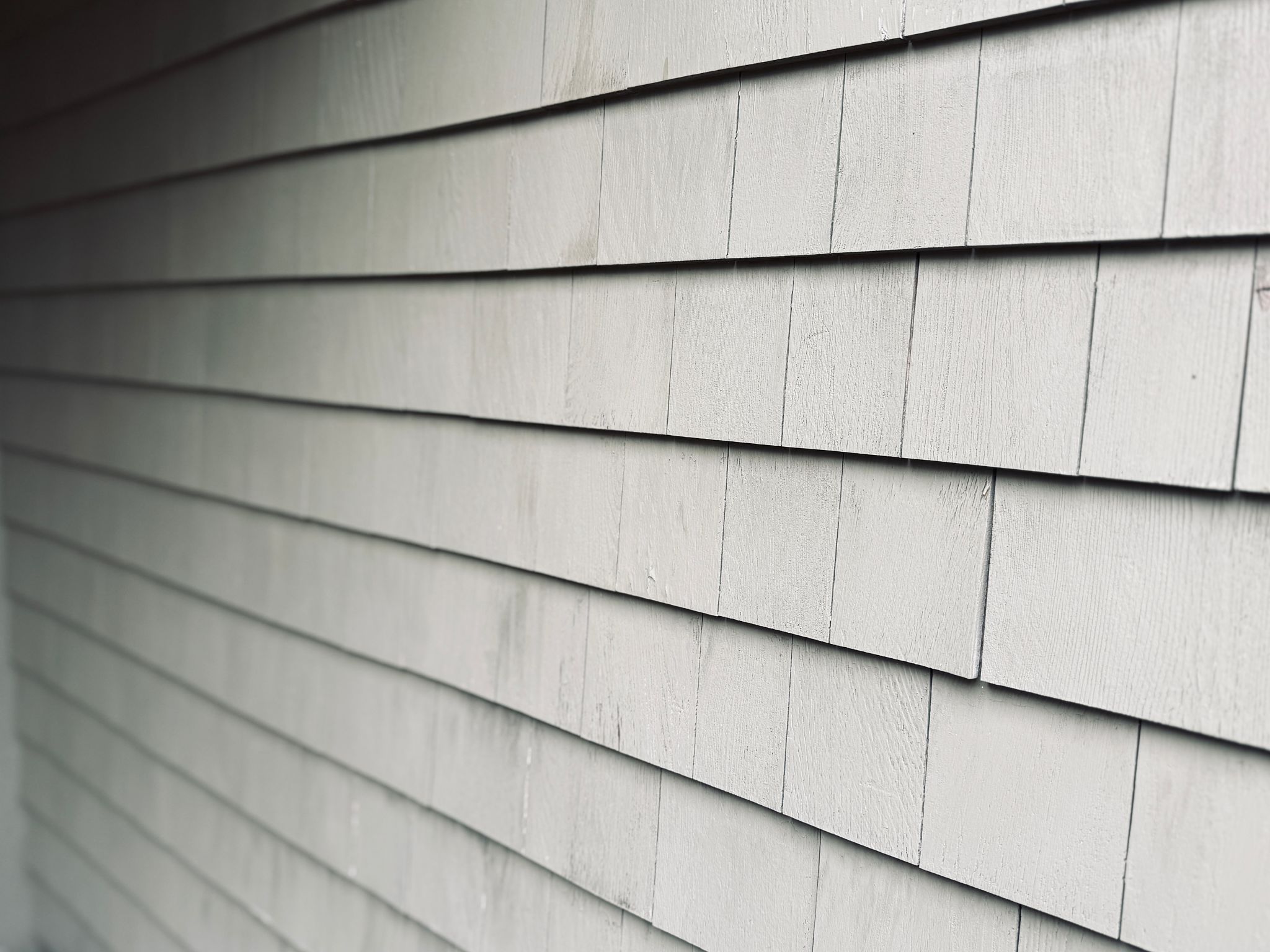Shingle Roofing in NJ: Top Materials and Styles for Your Home
Introduction to Shingle Roofing in NJ
Shingle roofing is one of the most popular choices for homeowners in New Jersey due to its affordability, durability, and aesthetic appeal. With the diverse weather conditions experienced in NJ, selecting the right roofing material and style is essential for long-term protection and curb appeal. In this guide, we explore the top materials and styles of shingle roofing suitable for New Jersey homes.

Asphalt Shingles: The Most Popular Choice
Asphalt shingles are the most commonly used roofing material in New Jersey. They are favored for their cost-effectiveness, ease of installation, and wide range of colors and styles. Asphalt shingles can mimic the appearance of more expensive materials like slate and wood, providing homeowners with versatile design options. Additionally, they offer reliable protection against harsh weather conditions prevalent in NJ.
Types of Asphalt Shingles
There are primarily two types of asphalt shingles available:
- Three-tab shingles: These are the traditional style, known for their flat, uniform look.
- Architectural shingles: Also referred to as dimensional shingles, these offer a more textured appearance and enhanced durability.

Metal Shingles: A Durable Alternative
Metal shingles are gaining popularity among New Jersey homeowners seeking longevity and energy efficiency. Although they can be more expensive upfront compared to asphalt, metal shingles offer excellent resistance to wind, rain, and fire. Their reflective properties can also help reduce cooling costs during the hot summer months.
Benefits of Metal Shingles
The key benefits of metal shingles include:
- Longevity: Metal roofs can last 40-70 years with proper maintenance.
- Environmentally Friendly: They are often made from recycled materials and can be recycled at the end of their life.
- Lightweight: Metal shingles are much lighter than traditional roofing materials, reducing the structural stress on your home.

Cedar Shingles: Natural Beauty and Charm
Cedar shingles bring a touch of natural beauty and rustic charm to any home. Known for their aesthetic appeal, cedar shingles provide excellent insulation and are naturally resistant to insects and decay. However, they require regular maintenance to preserve their appearance and functionality, particularly in New Jersey's variable climate.
Considerations for Cedar Shingles
When choosing cedar shingles, consider the following:
- Maintenance: Regular cleaning and treatment are necessary to prevent moss growth and moisture damage.
- Cost: Cedar is more expensive than asphalt but offers unique visual appeal.
- Lifespan: With proper care, cedar shingles can last up to 30 years.

Slate Shingles: An Elegant Option
For homeowners seeking a premium roofing solution, slate shingles offer unmatched elegance and durability. Slate is a natural stone material known for its longevity and resistance to fire and severe weather conditions. While slate is one of the most expensive roofing options, its lifespan of over 100 years can make it a worthwhile investment for those prioritizing long-term value.
Advantages of Slate Shingles
The main advantages include:
- Durability: Slate can withstand extreme weather conditions including high winds.
- Aesthetic Appeal: Its natural stone appearance adds significant curb appeal to any home.
- Low Maintenance: Slate requires minimal upkeep once installed properly.
Choosing the Right Style for Your Home
Selecting the right shingle style involves considering both aesthetic preferences and practical needs. Whether you're drawn to the affordability of asphalt, the longevity of metal, the charm of cedar, or the elegance of slate, each material offers unique benefits. Assessing your budget, desired look, and maintenance commitment will help you make an informed decision for your New Jersey home.
If you're unsure which option suits your home best, consulting with a local roofing expert can provide valuable insights tailored to your specific needs and location in New Jersey.
